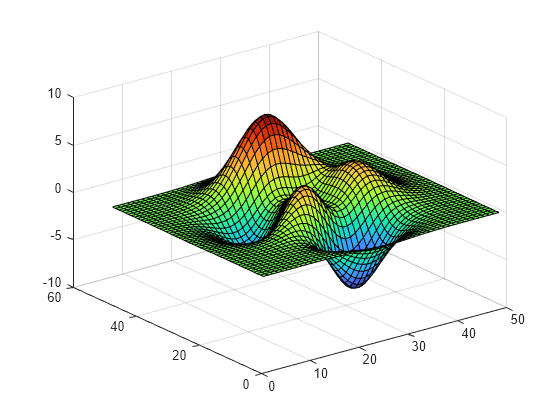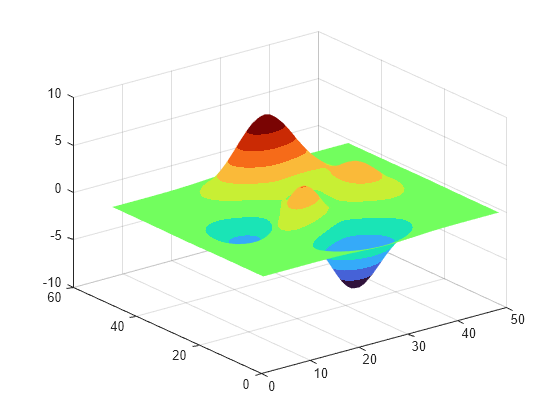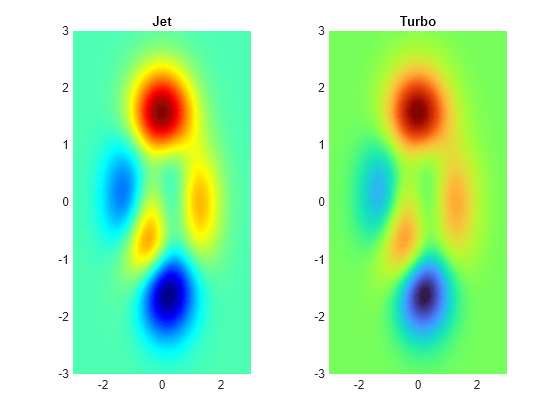turbo
Arreglo del mapa de colores turbo
Sintaxis
Descripción
c = turbo devuelve el mapa de colores turbo como un arreglo de tres columnas con el mismo número de filas que el mapa de colores de la figura actual (gcf). Si la figura no existe, el número de filas es igual a la longitud predeterminada de 256. Cada fila del arreglo contiene las intensidades roja, verde y azul para un color específico. Las intensidades están en el intervalo [0,1] y el esquema de color es similar al del mapa de colores jet, pero las transiciones entre los colores se perciben más uniformes que en jet. El esquema de color se parece a esta imagen.

Ejemplos
Argumentos de entrada
Historial de versiones
Introducido en R2020b




